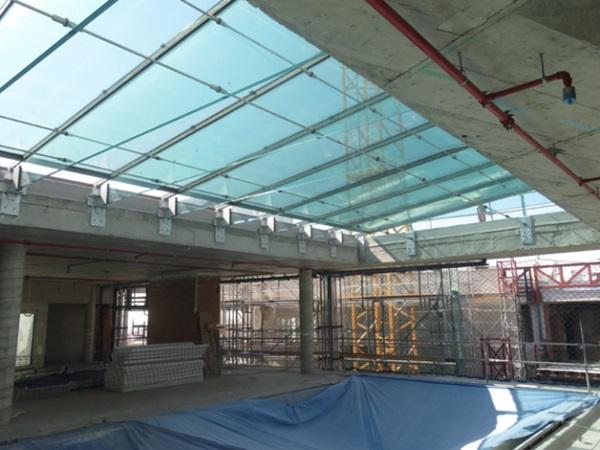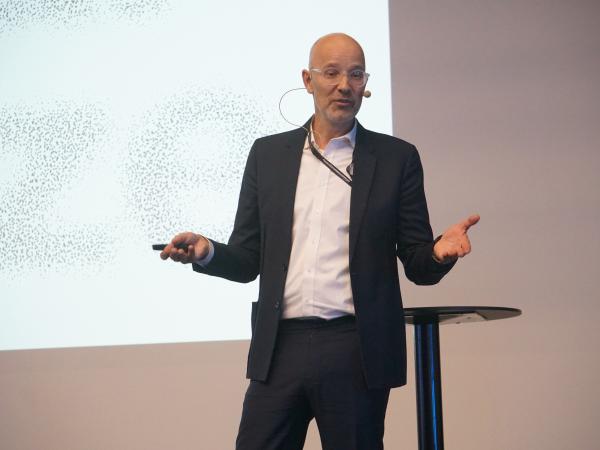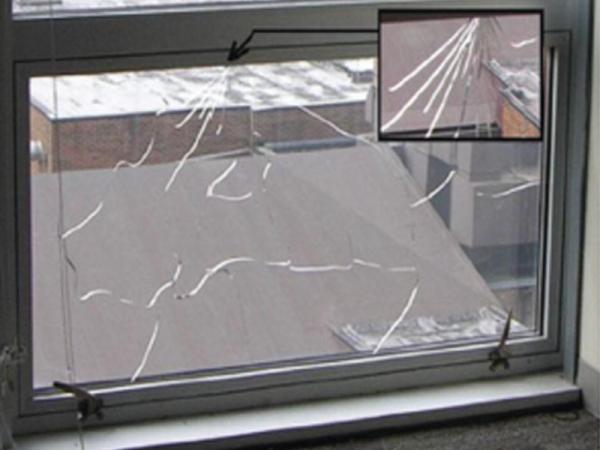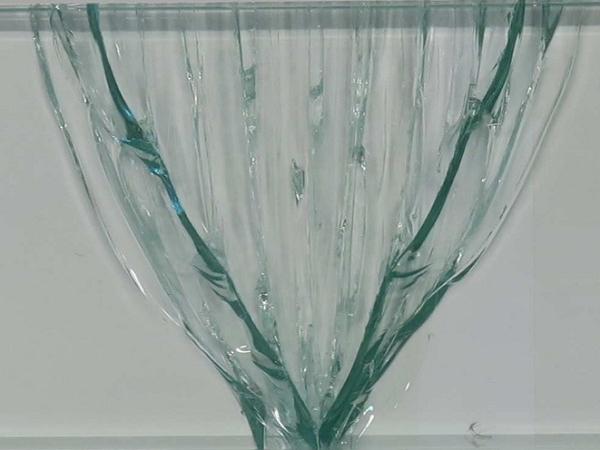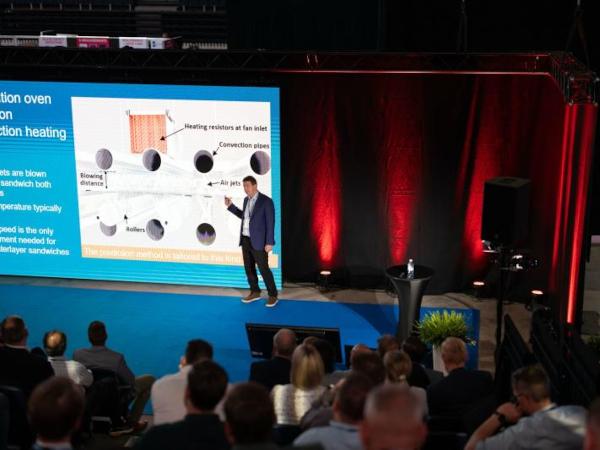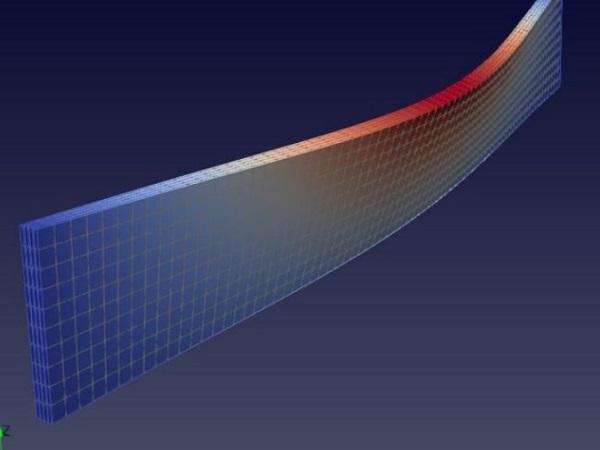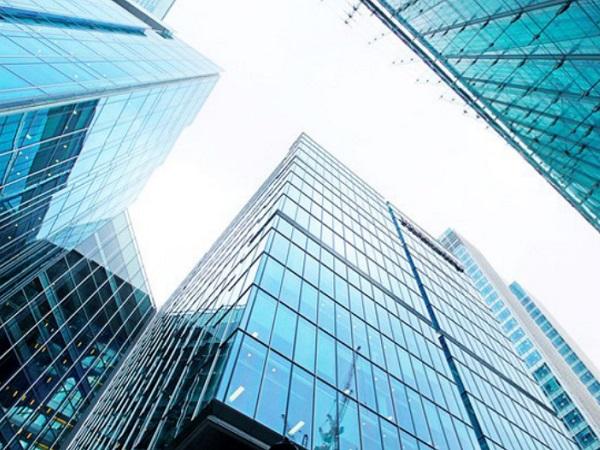Others also read
| This paper describes the lessons learned when using structural glass to carry out a canopy design integrated into a new façade.
| ‘Levitation Ledges at the Summit of the One Vanderbilt (NYC)’
| This paper takes the curtain wall reconstruction project of the Wuhan Tianhe Airport T2-T3 Terminal building as the research object.
The Effects of the Large-Scale Factor on the Integrity Parameters of Monolithic Fire-Resistant Glass
| Glass structures are subject to high fire safety requirements. Two methods are employed in this work: experimental studies of small-sized and large-sized samples and simulations of heating glass structures.
| Christoph Timm, Principal at SOM New York, shared insights on decarbonizing the built environment and the evolving landscape of sustainable construction.
| This study describes what to our knowledge is the first full scale fire resistance tests of Timber-Glass composites beams.
| A review of experimental research and main influencing parameters
| In this paper, the attention is given to a glass facade built in 1962 and currently subjected to accidental bird-strike.
| The research paper gives an idea and compares the structural behaviour and fracture pattern and evaluates laminated glass samples with PVB, Ionoplast and EVA interlayers.
| The latest Glastory blog presents how to overcome interlayer temperature hurdles in laminated glass processing with the prediction method. More of the presentation by Mikko Rantala at GPD 2023.
| This article proposes a methodology for the structural design of multi-layered glass beams considering lateral-torsional buckling.
| Given the growing spread of glass as a construction material, the knowledge of structural response must be ensured, especially under dynamic accidental loads.
| The idea was realized in a collaborative research effort of TU Berlin, BTU Cottbus-Senftenberg and Josef Gartner GmbH that resulted in a full-scale mock-up of a Double‑Skin Facade.
| This study investigates the structural behavior of adhesive bonds of glass and metal using thin, structural silicones in heavily constrained applications.
| The presented research investigates a digital fabrication method for custom glass building elements based on three-dimensionally (3D) printed molds.
| This paper investigates the use of bolted and brittle/ductile adhesive connections in glass structures.
| New translucent, structural and modular façade component.
| This paper presents the results of an original test series carried out on monolithic glass panes with the dimensions of 500 × 500 mm2 and different thicknesses, under the exposure to radiant heating.
| BIPV represents an important field to explore, since PV systems have an enormous potential within the context of architectural and urban design.
| Overview of Design Issues, Experimental Research, and Developments
| The novel curtain wall is achieved by bonding a pultruded glass fiber reinforced polymer (GFRP) frame to the glass producing a composite insulated glass unit (IGU).
| A study was made of the impact resistance of annealed, heat-strengthened, and fully tempered laminated glass using test panels.
| Dow has a strong commitment to sustainability and recently introduced the first externally PAS2060-verified carbon neutral silicones for façades.
| The trend in modern architecture towards a steady optimisation of building envelopes is continuing. Beside its function as a design element, a façade also contributes to the building’s energy balance.
| In the paper, strategies for reduced order modeling of glass panels subjected to soft-body impact are developed by means of dynamic substructuring.

